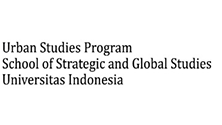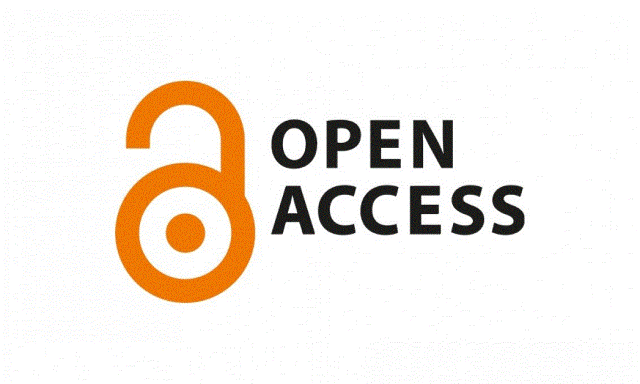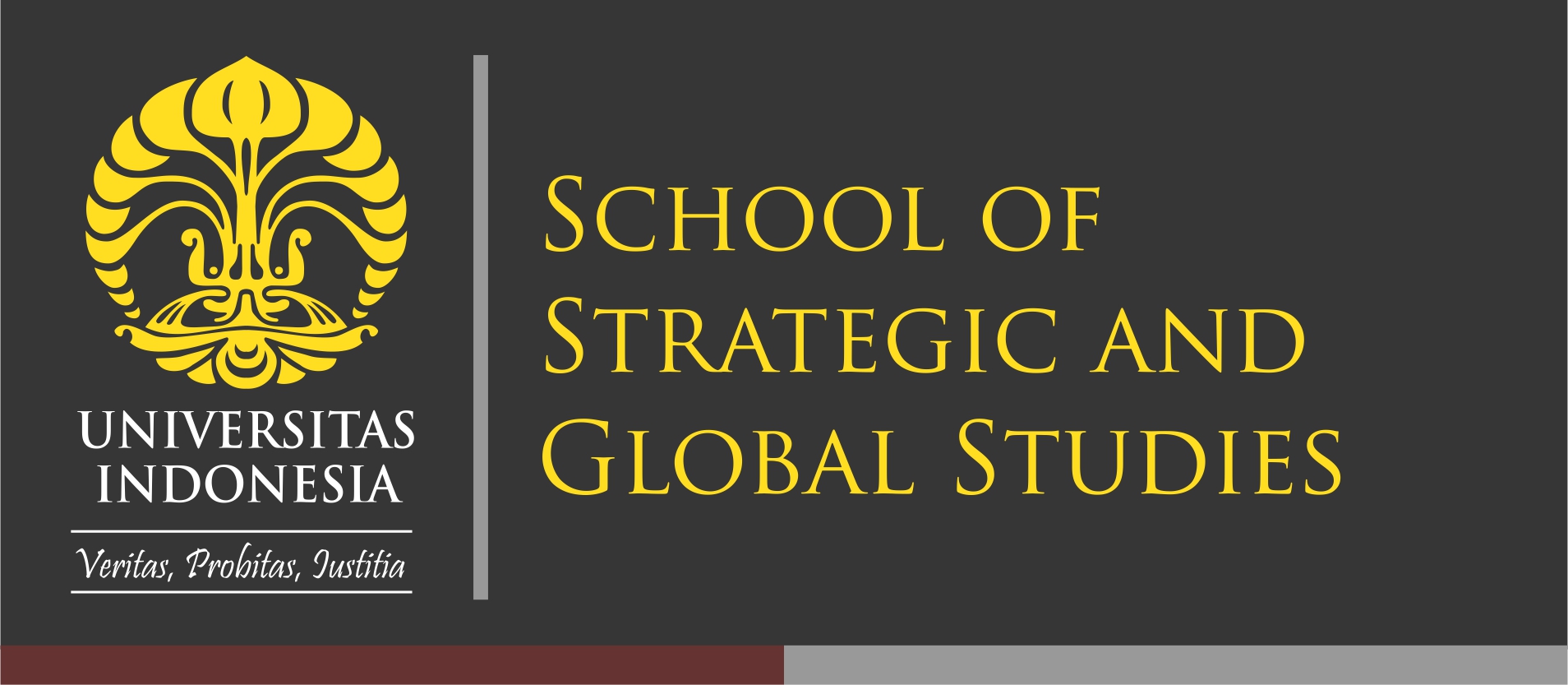Abstract
Background: The largest waste component every year is waste originating from the wasteful culture and lifestyle of some city residents which has an impact on the generation of waste originating from waste/leftover food.
Aims: This research aims to determine the city community's strategy for utilizing leftover food suitable for consumption produced by restaurants to be used to fulfill food needs for vulnerable communities in Depok City.
Methods: This research was conducted using a mixed research method, explanation design method. The quantitative method consists of distributing questionnaires and observing secondary data, while the qualitative method consists of field observations and interviews.
Results: The results of this research show that the people of Depok City really support efforts to utilize leftover food suitable for consumption from restaurants to fulfill the basic food needs of vulnerable residents. The desired strategy for managing leftover food suitable for consumption is through the formation of an official organization in collaboration with the local government and the private sector or the community which will develop and supervise standard procedures, concepts and implementation actions starting from the preparation of the leftover food program suitable for consumption, distribution and post-implementation of the program.
Conclusion: The existence of this systematic collaborative organization is a guarantee of the fulfillment of halal aspects, health or hygienic aspects and aspects of the availability of leftover food suitable for consumption for vulnerable urban communities who need it.
References
Bond, M., Meacham, T.,Bhunnoo,R.,Benton,T. G. 2013. Food waste within global food system. A Global Food Security Report.
Brigita, G., Rahardyan,B., 2013. Analisa Pengelolaan Sampah Makanan di Kota Bandung, Program Studi Teknik Lingkungan, Fakultas Teknik Lingkungan, Institut Teknologi Bandung, Bandung
Filimonau, V., & De Coteau, D. A. (2019). Food waste management in hospitality operations: A critical review. Tourism Management, 71, 234–245. https://doi.org/10.1016/j.tourman.2018.10.009
Garcia-Garcia, G., Woolley, E., Rahimifard, S., Colwill, J., White, R., & Needham, L. (2017). A Methodology for Sustainable Management of Food Waste. Waste and Biomass Valorization, 8(6), 2209–2227. https://doi.org/10.1007/s12649-016-9720-0
Girotto, F., Alibardi, L., & Cossu, R. (2015). Food waste generation and industrial uses: A review. Waste Management, 45, 32–41. https://doi.org/10.1016/j.wasman.2015.06.008
Mak, T. M. W., Xiong, X., Tsang, D. C. W., Yu, I. K. M., & Poon, C. S. (2020). Sustainable food waste management towards circular bioeconomy: Policy review, limitations and opportunities. Bioresource Technology, 297, 122497. https://doi.org/10.1016/j.biortech.2019.122497
Oswari,T., Suryanto,D.A., Susilowati,D, 2006, Potensi Nilai Ekonomis Pengelolaan Sampah Kota Depok, Universitas Gunadarma, Jakarta
Parfitt, J., Barthel, M. & Macnaughton, S. 2010, Food waste within food supply chains: quantification and potential for change to 2050. Phil,Trans.R.Soc., Vol 265, pp.3065-3081
Sistem Informasi Pengelolaan Sampah Nasional. 2022. Data Pengelolaan Sampah : Komposisi Sampah. ( Diunduh pada 20 Oktober 2022). www.sipsn.menlhk.go.id/?q=3a-komposisi-sampah.
Sugiono, 2009, Metode Penelitian Kuatitatif, Kualitatif dan R &D, Jakarta.
Thi, N. B. D., Kumar, G., & Lin, C.-Y. (2015). An overview of food waste management in developing countries: Current status and future perspective. Journal of Environmental Management, 157, 220–229. https://doi.org/10.1016/j.jenvman.2015.04.022
Recommended Citation
Sikumbang, Idris Hadi
(2023)
"Collaborative Strategy in Utilizing Restaurant Leftover Food for Vulnerable Communities in Depok City,"
Cities and Urban Development Journal: Vol. 1:
No.
2, Article 2.
DOI: 10.7454/cudj.v1i2.1012
Available at:
https://scholarhub.ui.ac.id/cudj/vol1/iss2/2







